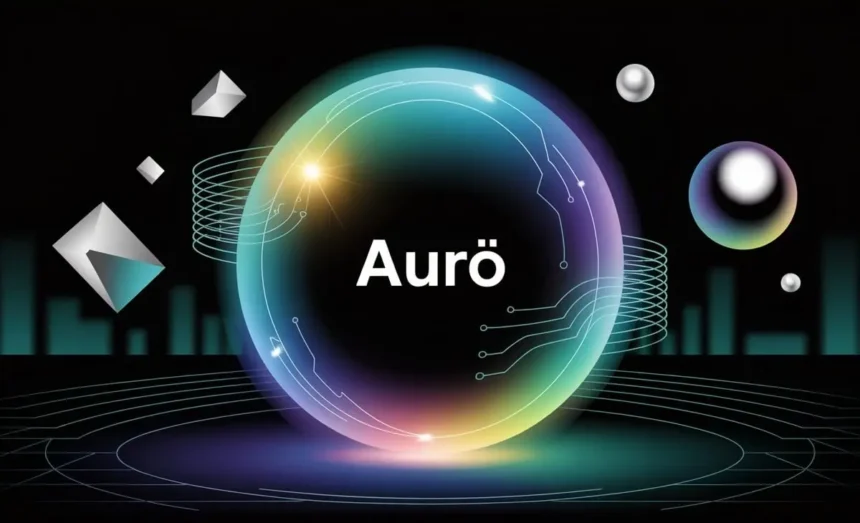In the vast and intricate world of ancient numismatics, the coins of Aurö stand as a testament to the complex interplay of Roman power and local Iberian identity. Located in the far north-west of the Iberian Peninsula, in the region known as Gallaecia (modern-day Galicia, Spain), Aurö was not a major political capital but a significant economic hub, whose primary claim to historical fame is the series of bronze coins it produced during the 1st century BCE.
While the name “Aurö” may not be as instantly recognizable as Rome or Athens, its coinage offers a unique window into a provincial society undergoing rapid transformation under the heel of the Roman Republic.
Historical and Geographical Context
The town of Aurö is believed to have been situated in the territory of the Gallaici Bracari, a Celtic tribe known for their fierce resistance against Roman expansion. The final subjugation of this region was completed by Julius Caesar around 61-60 BCE during his propraetorship in Hispania Ulterior.
Following the conquest, the region was integrated into the Roman economic sphere. It was in this post-conquest context, likely during the reign of Emperor Augustus (27 BCE – 14 CE), that the mint at Aurö began its operations. The town’s location was strategic, possibly linked to gold mining activities in the nearby Las Médulas region or situated on trade routes connecting the interior with the Atlantic coast.
The Coinage of Aurö: A Blend of Worlds
The coins minted at Aurö are exclusively bronze and are categorized as “provincial” or “colonial” issues. They were not the official imperial currency of Rome (like the denarius or sestertius) but were essential for facilitating local and regional trade. What makes them fascinating is their iconographic synthesis.
Obverse (Heads): The Roman Imprint
The obverse of Aurö’s coins almost universally features the laureate head of Augustus. This was a powerful political statement. By placing the emperor’s image on their currency, the local elites of Aurö were publicly affirming their loyalty to Rome and the new imperial system. It was a symbol of integration and acceptance of Roman authority, a visual declaration that they were now part of the Roman world.
Reverse (Tails): The Indigenous Soul
It is on the reverse where the local identity of the Gallaici Bracari shines through. The most common and iconic symbol is the triskelion or triple spiral. This is a quintessentially Celtic motif, found from Ireland to Galicia, often symbolizing motion, cycles, and the triad of life (e.g., land, sea, and sky; or past, present, and future). Its prominent placement alongside the emperor’s head illustrates a community holding onto its cultural heritage even while adopting Roman political structures.
Other reverse types include:
- A Rider on a Galloping Horse: This could represent a local warrior nobility or a deity, a common motif in Celtic coinage symbolizing power and prestige.
- A Wild Boar: An animal deeply revered in Celtic culture for its strength, ferocity, and symbolic connection to the Otherworld.
- Various Sacrificial Implements: Such as a simpulum (a ladle used in libations), indicating the importance of local religious practices, which often became syncretized with Roman cults.
The Inscription: A Name for Posterity
The most crucial element for identifying these coins is the legend, typically inscribed as AVR O or AVR. This is the abbreviated Latin name of the mint town, Aurö. The “O” is believed to be an abbreviation for Offlava or a similar epithet, possibly meaning “golden” or “yellow,” perhaps referring to local resources or the town’s appearance. This clear mint mark is what allows numismatists to attribute these coins with confidence to this specific location.
Significance and Legacy
The coins of Aurö are far more than mere ancient pocket change. They are historical documents that tell a layered story:
- Political Integration: They demonstrate the successful “Romanization” of a recently conquered territory. The local elite adopted the symbols of Roman power to legitimize their own status within the new order.
- Cultural Persistence: Despite this political adoption, the coinage proves that indigenous culture was not erased. Celtic symbols remained potent markers of identity and were deemed appropriate for public display on official currency.
- Economic Development: The very existence of a mint indicates a settled, organized society with a developed enough economy to require a standardized, local bronze currency to supplement Roman imperial coinage.
Aurö Today
The exact location of the ancient town of Aurö remains a subject of scholarly debate, though it is generally placed in the province of Ourense. Unlike more prominent Roman cities, its physical ruins are not a major tourist destination. However, its legacy is preserved in the coins that continue to be unearthed by archaeologists and treasure hunters.
These small, worn bronze discs are collected and studied by numismatists worldwide. Each specimen is a tangible piece of a pivotal moment in history—a moment when the global power of Rome met the enduring spirit of Gallaecia, resulting in the unique and compelling coinage of Aurö.
In conclusion, Aurö serves as a powerful reminder that history is not only written by empires in grand capitals but is also minted in small provincial towns, where the faces of emperors and the symbols of ancient tribes coexist on a canvas of bronze.

